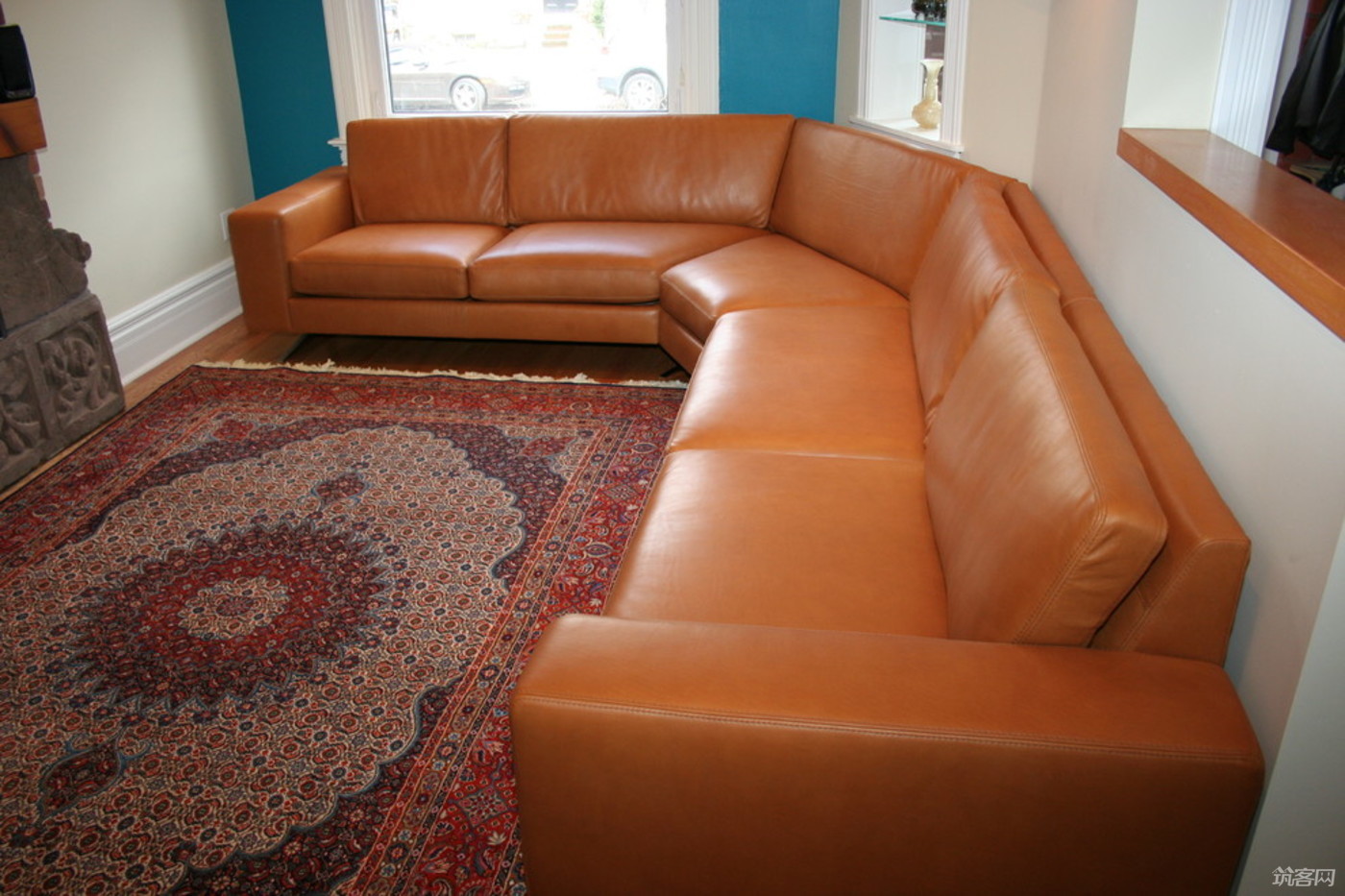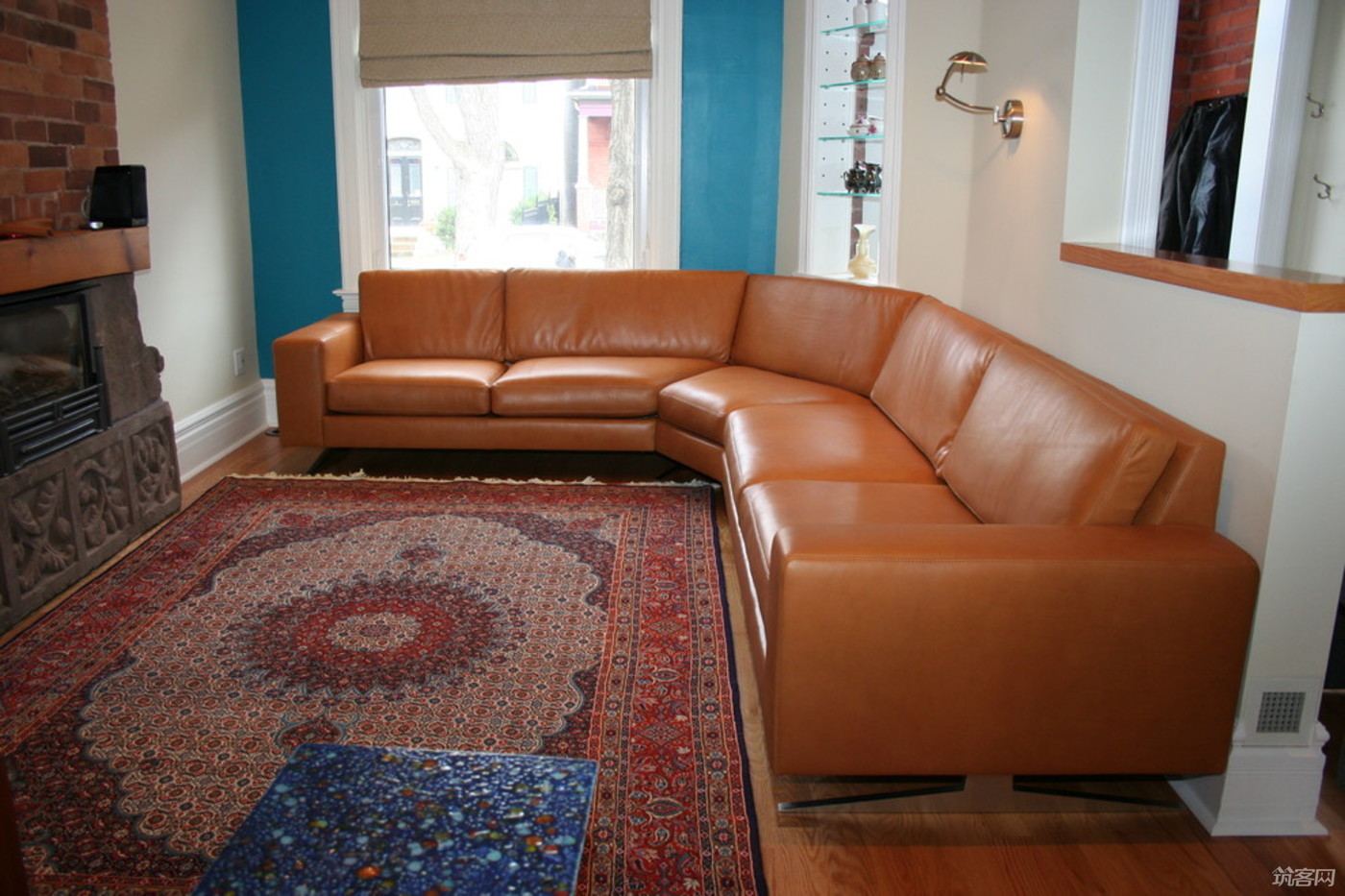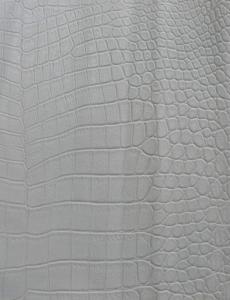Repairing Leather Sofa Cracks: A Comprehensive Guide
Leather sofas are a popular choice for their elegance, durability and comfort. However, over time they may develop cracks or tears which can spoil the look and feel of the furniture. Repairing these damages is important to maintain the quality of your leather sofa. This guide provides step-by-step instructions on how to repair common types of cracks in leather sofas.Firstly, clean the crack thoroughly with a damp cloth to remove any dirt or debris that may be causing the damage. Then apply a leather conditioner to help nourish and restore the natural oils in the leather. Next, use a leather patch kit to cover the crack with matching leather pieces. Cut out the patches using a sharp knife or scissors, and attach them to the damaged area using glue or adhesive tape. Allow the patch to dry completely before applying another layer if necessary.In addition to repairing cracks, regular maintenance is key to keeping your leather sofa looking its best. Dust and vacuum regularly, avoid placing hot objects directly on the surface, and treat spills immediately with a leather cleaner. With proper care, your leather sofa can last for many years and remain a beautiful addition to your home.
Introduction
Leather sofas are a popular choice for many homeowners due to their durability, comfort, and timeless appeal. However, even the best-made leather sofas can experience wear and tear over time, including cracks and other damages. In this guide, we will provide step-by-step instructions on how to repair common leather sofa cracks using a variety of techniques. Whether you're a DIY enthusiast or prefer to leave the repairs to the professionals, this guide is packed with valuable information to help you restore your leather sofa to its former glory.
Section 1: Understanding Leather Cracks
Before attempting to repair any cracks in your leather sofa, it is essential to understand the nature of these damages. Leather is a natural material that can expand and contract with changing temperature and humidity levels. This can lead to cracks forming over time, particularly in areas where the furniture is exposed to direct sunlight or where there is significant moisture exposure (e.g., bathrooms).

Leather cracks can vary in severity, from small hairline cracks to larger tears that may require more extensive repair work. Some common causes of leather cracking include:
1、Overheating: Prolonged exposure to direct sunlight or hot surfaces can cause the leather to become soft and crack under pressure.
2、Dryness: Low humidity levels or prolonged exposure to air conditioning can cause the leather to dry out and crack.
3、Age: As leather ages, it can become thinner and more fragile, making it more prone to cracking and splits.
4、Wear and tear: Normal usage can cause minor surface scratches and dents that can eventually lead to deeper cracks.
Understanding the cause of the crack is crucial for selecting the appropriate repair method. Section 2 will discuss various techniques for repairing leather cracks, depending on the severity of the damage and the type of leather used in your sofa.
Section 2: Repairing Small Cracks

Small cracks in leather furniture can be easily repaired using a few simple steps. The first step is to clean the damaged area thoroughly with a mild soap and water solution. This will remove any dirt or debris that may be causing further damage to the leather. Once the area is clean, apply a small amount of leather conditioner or cream to moisten the leather and help fill in the crack. Apply the conditioner evenly across the damaged area and use a fine-toothed brush or your fingernails to gently massage the cream into the leather. Allow the cream to dry completely before applying a thin layer of wax or polish to protect the repaired area and enhance the shine of the leather.
For larger cracks or tears, section 3 will outline more advanced repair techniques that can be used when necessary.
Section 3: Repairing Tears and Large Cracks
Large tears or cracks in leather furniture may require more specialized techniques for successful repair. In some cases, it may be necessary to replace the damaged piece of leather entirely. However, if the tear or crack is located in an area that is not visible when sitting on the sofa, there are several methods you can try:
1、Use a leather glue: Apply a small amount of leather glue (e.g., Gitman or Bison) directly to the damaged area and rub it gently with your fingers until it becomes pliable. Once the glue has hardened, use a sharp knife or scissors to cut a piece of matching leather fabric and attach it to the damaged area using glue or adhesive tape. Allow the new leather to dry completely before applying a sealant or finish as needed.
2、Use a sewing machine: If you have access to a sewing machine, you can attempt to repair large tears by stitching together the damaged area with a strong thread. Select a thread that is compatible with your leather (e.g., waxed cotton or polyester) and follow these steps:
a. Clean the damaged area thoroughly with soapy water and dry it thoroughly.

b. Cut two pieces of matching leather fabric slightly larger than the damaged area, ensuring that they overlap by at least an inch on either side.
c. Place one piece of fabric over the damaged area, leaving about an inch of extra space around the edges. Pin the edges in place using a safety pins or heavy-duty sewing clips.
d. Using your sewing machine, stitch along one side of the fabric pieces, leaving about an inch between each stitch. Be sure to backstitch at least twice to reinforce the stitches and prevent unraveling. Repeat this process on the other side of the fabric pieces, but this time leave about two inches between each stitch instead of one inch. This will allow you to create a neat seam around the edges of the torn area.
e. Once you have finished stitching along all four sides of the fabric pieces, trim any excess thread with scissors or clippers.
f. Allow the repaired area to dry completely before applying a sealant or finish as needed。
Articles related to the knowledge points of this article:
Title: Crafting a Personal Statement: The Art of Making a Tie
Black Down Jacket: A Fashion Must-Have for Winter
Title: The Best Mens Tie Brands: A Comprehensive Guide
The Fashion of Pairing Medium-Length Down Jackets
Title: Dreaming of a Silk Scarf: What Does It Mean?
Title: Mastering the Art of Tie Knots: A Comprehensive Guide to Woven Silk Scarfs and Suit Ties



